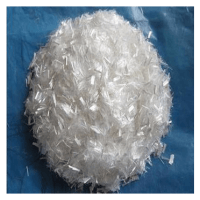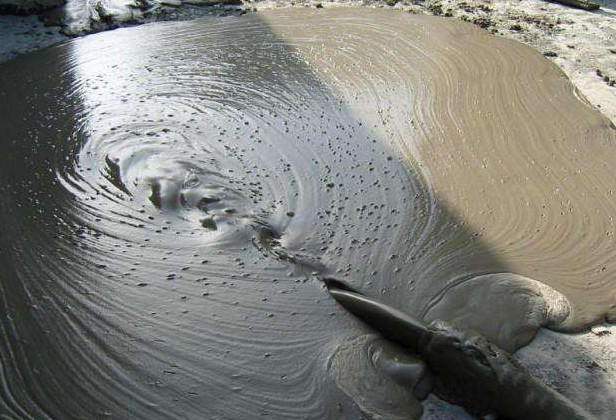Professional solutions on concrete addtives, Concrete Foaming Agent, Superplasticizer, CLC Blocks Additives, and foaming machine
(Applications of Foam Cement (1))
What is Foam Cement?
Foam cement is a new type of lightweight thermal insulation material containing a large number of closed pores. It is to use mechanical method first concrete foaming agent full foaming, then foam and cement mud even mixing, cast-in-situ construction, or through the pumping system of foaming machine molding and become. Finally, after natural conservation, formed.
It belongs to a bubble insulation material. Its outstanding feature is the closed foam hole inside the concrete can make the concrete lightweight, heat preservation, and heat insulation.
Applications of Foam Cement
1. Used as a retaining wall. Mainly used as a harbor wall. Foam concrete can be used as a lightweight backfill behind the bank wall to reduce vertical loads and lateral loads on the opposite bank wall. This is because foamed concrete is a rigid body with good bonding performance, it does not exert lateral pressure along the surrounding opposite wall, settlement is reduced, and maintenance costs are reduced, thus saving a lot of expenses. Foamed concrete can also be used to improve embankment slope stability by replacing part of the soil on the slope with foamed concrete, which reduces the mass and thus the forces affecting slope stability.
2. For sports fields and track. Use a lightweight foundation of impermeable foam concrete with high drainage capacity, covered with gravel or artificial turf for a playground. The density of foamed concrete is 800-900kg/m3. Hockey, football and tennis activities can be played in these stadiums. Or in the foam concrete covered with a layer of 0.05m thick porous asphalt layer and plastic layer, can be used for track and field.
3. As a sandwich member. Foam concrete can be used as the inner core of precast reinforced concrete members, which makes it have good performance of lightweight and high strength heat insulation. Usually, use foam concrete with a density of 400-600kg/m3.
4. Pipeline backfill. Waste underground oil tanks, pipelines (containing crude oil, and chemicals), sewage pipes, and other holes are prone to fire or cave-in. Using foam concrete backfill can solve these problems with less cost. The density of foamed concrete depends on the diameter of the pipe and the underground water level, generally 600-1100kg/m3.
5. Lean concrete fill. Foam concrete is often used in lean concrete fillings because of its flexibility and adaptability due to its flexible hose. If the heat insulation requirement is not very high, the density is 1200kg/m3; The average thickness of lean concrete filling on the left and right is 0.05m. If the heat insulation requirements are very high, the density is 500kg/m3; The average thickness of lean concrete fill is 0.1-0.2m.
6. Roof slope. Foam concrete used in roof slopes has the advantages of being lightweight, fast construction speed, and low price.
7. Support for tank bottom feet. The foam concrete step is placed at the bottom of the steel tank (containing crude oil, and chemicals) foot, or if necessary, to form a convex foundation. This ensures that the entire tank bottom support is in an optimal state of stress during welding. This continuous support enables the tank to use a thin tank bottom. Convex foundations are also easy to clean. The use density of foamed concrete is 800-1000kgm3.
8. For landscaping. Make foam cement bulk density in 600-1000kg/m3; It can be used to make handrails, rockery, benches, and tables in gardens.
Suppliers of Concrete Additives
TRUNNANO is a reliable foaming agents supplier with over 12-year experience in nano-building energy conservation and nanotechnology development.
If you are looking for high-quality CLC foaming agents, please feel free to contact us and send an inquiry. (sales@cabr-concrete.com)
We accept payment via Credit Card, T/T, West Union, and Paypal. TRUNNANO will ship the goods to customers overseas through FedEx, DHL, by air, or by sea.
(Applications of Foam Cement (1))








